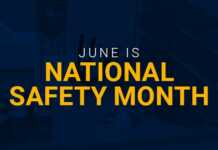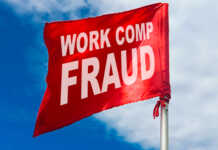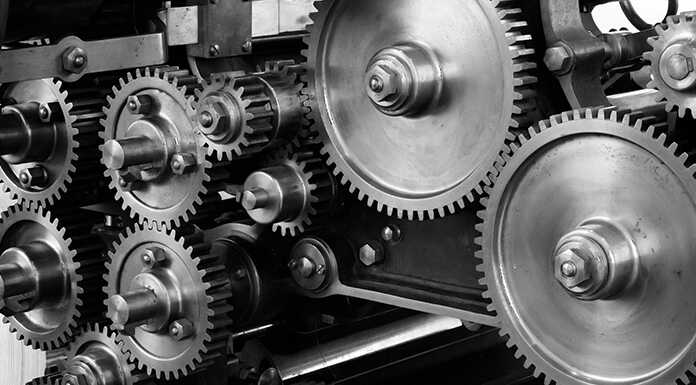Part two of the four-part Machine Safeguarding Series. View series
Welcome to the second blog in our four part series on machine safeguarding. Here, we’ll focus on how to recognize hazards and perform a risk assessment.
Risk Assessment
A risk assessment is a guide to estimate, evaluate and reduce risks associated with machine tools. When performing a risk assessment (hazard analysis), attention should be given to exposure to any recognized hazards. These could include any immediate or impending exposures. Additional effort should be also be given to reduce and/or eliminate exposures.
The risk assessment should address the level of exposure to hazards. This is done by considering the levels of severity, likelihood and frequency of an incident. A scoring system can then be used to quantify the levels of risk so an organization can identify the areas to focus on. For example, an organization may initially think that an older saw poses a high risk, but after completing a risk assessment of all machines they may determine that the saw is unlikely to cause a severe injury and is rarely operated, and that the highest probability and severity of incident is on a newer machine that is not guarded effectively and used daily.
Some companies prefer to use a team to perform risk assessments. Assessing risk using a team requires the reasoned judgment and expertise of people with a variety of experience. Team members can be comprised of people who can answer technical questions about the machines, have actual experience with how the machine is set up/operated and knowledge of the machine processes and their limits. Members should also have knowledge of any incidents with this type of machine, be aware of specific safety issues and understand the human factors and ergonomic issues.
The team should take into account the hierarchy of safeguarding controls when performing the risk assessment and determining risk reduction actions. These controls (in order of most effective to least effective) are:
- Elimination/substitution – eliminate human interaction, automate the process
- Engineering controls – barriers, presence sensing devices
- Awareness means – audible warnings, floor markings
- Training and procedures – safe job procedures, equipment inspections
- Personal protective equipment – glasses, gloves
Check out all of the posts in the Machine Safeguarding Series
Part 1: Machine safeguarding basics
Part 2: Performing a risk assessment and determining controls
Part 3: Machine safeguarding for conveyors & mechanical presses
Part 4: Machine safeguarding for rollformers/rollbenders and turning machines

















